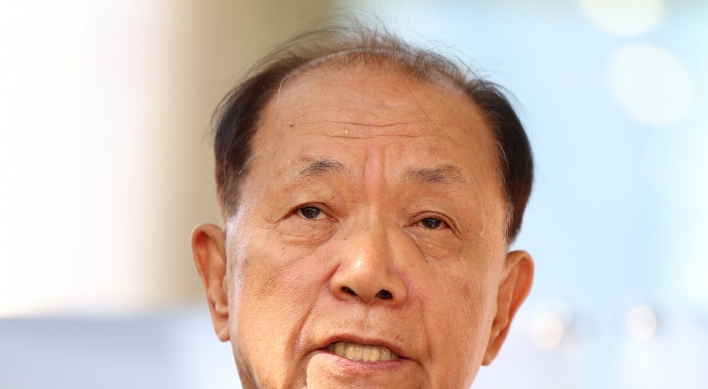
Joseon Royal Court Culture Ceremonial and Daily Life
By Shin Myung-ho
(Dolbegae Publishers)
Ever wondered what it would be like to be a king during the Joseon Dynasty (1392-1897)? According to scholar Shin Myung-ho’s intriguing historical account “Joseon Royal Court Culture Ceremonial and Daily Life,” you would very often suffer an eye disease, as you’d spend most of your time reading all sorts of documents, and no one would dare look at your face without your approval.
The English-translated version of historian Shin Myung-ho’s 2002 book “Joseon Royal Court Culture: Ceremonial and Daily Life” is an interesting look at the daily lives and culture of kings and queens of Joseon Dynasty.
“Joseon Dynasty monarchs were supposed to follow very strict orthodox neo-Confucian concepts that, for example, the ruler should lead an exemplary life in order to project civilizing influences in society,” the book’s introduction says.
According to the book, a Joseon king would start his day with the sound of “Paru” a national bell which announced the start of each day on behalf of the king. Every government official had to prostrate and had to keep his face stuck on the ground while speaking to the ruler, and was severely punished if they looked at the king’s face without his approval.
It was the king’s duty to create questions for gwageo, the highest-level state exam to hire ranking officials. He would sometimes host the exam outside the palace, during his visits to remote regions of the country. All of his official trips to any region of Joseon were an extravagant event. He was accompanied by a large number of guards, who would hold royal banners and military weapons throughout the trip.
Eye diseases were common among Joseon kings, mostly because of the nature of their job. Being a Joseon king required a lot of reading for their official lectures and meetings.
It is also interesting to read about how queen was selected among women from Joseon’s noble households. When there was an official opening for a future queen, every nobleman with a young daughter had to submit a letter chronicling the history of his family, as well as a brief bio of their child.
Although written in an academic manner, helpful illustrations as well as paintings from Joseon Dynasty complement the text, making the book an interesting read filled with fascinating trivia of Joseon’s royal culture.
(dyc@heraldcorp.com)







![[KH Explains] No more 'Michael' at Kakao Games](http://res.heraldm.com/phpwas/restmb_idxmake.php?idx=644&simg=/content/image/2024/04/28/20240428050183_0.jpg&u=20240428180321)










![[Herald Interview] Mistakes turn into blessings in street performance, director says](http://res.heraldm.com/phpwas/restmb_idxmake.php?idx=652&simg=/content/image/2024/04/28/20240428050150_0.jpg&u=20240428174656)
